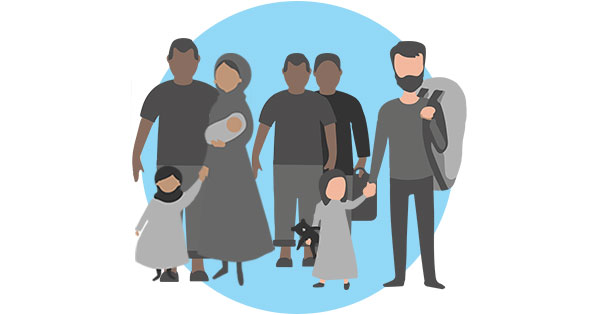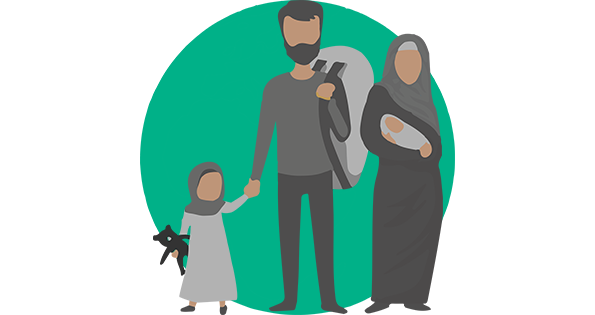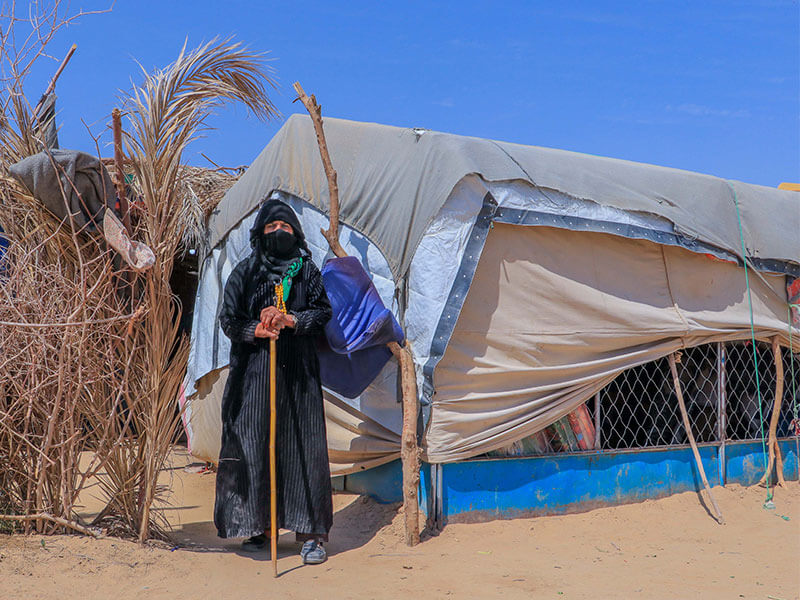Make an Impact
Whatever skills, knowledge or time you have to volunteer, you can play a vital part in this process. All we need is your passion.
Yemen is one of the world’s worst humanitarian crises. It is a result of the bitter civil war, starvation, and a failing economy.
Together with our partner BCHR (Benevolence Coalition for Humanitarian Relief), we have supported vulnerable communities as violence flares up again.
Read more about the crisis in Yemen, how it affects people, and get some crucial facts and figures.
Since 2004, The Houthi movement has been leading an insurgency against the military in Yemen. The movement is known officially as Ansar Allah. In 2014, tensions between Houthis and government forces escalated into outright civil war.
Protests around the 2011 Arab Spring had pressured Yemen’s President Saleh to hand power to his deputy, Abdrabbuh Mansour Hadi. The transition was not smooth.
As security forces withdrew from outlying provinces, the Houthi rebels took advantage and captured territory in the north. They also had growing support from Yemenis, tired of Saleh’s decades-long regime.
By the end of 2014, Houthi forces had occupied Yemen’s capital city, Sanaa. In early 2015, President Hadi fled Yemen.
After Hadi appealed to the international community, Saudi Arabia led a coalition of Arab states to try and restore full power to the Yemen Government. Relentless airstrikes and ground offensives killed thousands of civilians.


21.6 million people need humanitarian support

4.5 million people displaced since 2015

76% of displaced people are women and children (UNHCR)
It was a war that was meant to last weeks. But Yemenis’ suffering has dragged on for years.
Since the offensives of 2015-16, there has been a political stalemate, punctuated by failed ceasefires and collapsing alliances.
As a result, the UN released a bleak report in 2018 calling this ‘the worst humanitarian crisis in the world’. It said that war crimes had been committed on all sides.
In the same year, the UN negotiated the Stockholm Agreement between the Yemen Government and Houthis. It was a desperate bid to protect the vital port of Hudaydah from further fighting.
Hudaydah is a lifeline for two-thirds of Yemen’s people. They depend on it for food, medicine, and aid. Its destruction would have been catastrophic.
In April 2022 another ceasesfire was agreed. During this time there was an improvement in humanitarian conditions and a reduction in the intensity of conflict. But this ceasefire came to an end in October, and families are now at increased risk once again.
The conflict has displaced 4.5 million people since 2015. Many families are crowded into single shelters.

The crisis in Yemen bleeds far beyond the conflict itself. Intense deprivation and lack of services create new and spiraling crises every year.
21.6 million people – that’s two-thirds of the entire population – need humanitarian support.
13% of the population is internally displaced. Only half of Yemen’s medical facilities are open, and children have little hope of education.
Most displaced people have been away from home for more than 2 years, moving again and again. They are exhausted and extremely vulnerable.
We have partnered with BCHR (Benevolence Coalition for Humanitarian Relief) to support vulnerable communities in Ma’rib.
We have provided families who are newly displaced with a UN family tent. Families who are living in damaged shelters have received tarpaulin and rope to help them improve their homes.
All families have received water filters, blankets, sleeping mats, solar lights, mosquito nets, water carriers and kitchen sets.
We have also included a washbasin, soap, and face masks, to help prevent the spread of coronavirus. We are now planning our next response.

Source: UNHCR Sep 2021 Factsheet
Whatever skills, knowledge or time you have to volunteer, you can play a vital part in this process. All we need is your passion.
ShelterBox is a global organization made up of people who believe in shelter as a human right. No family without shelter when disaster strikes.